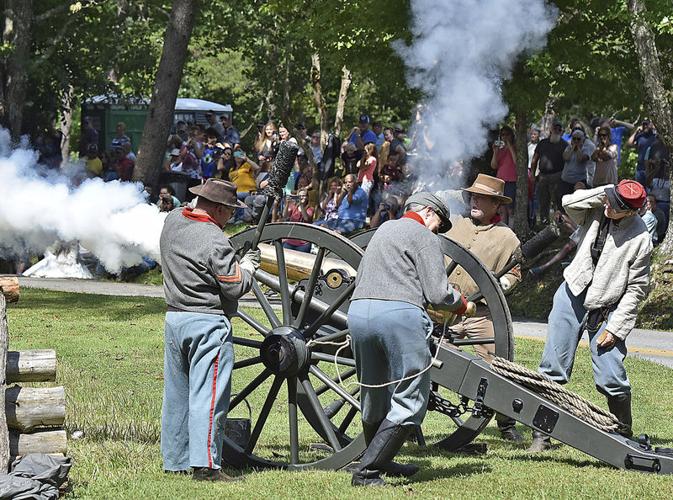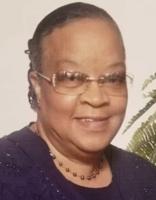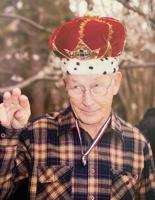The Battle of Carnifex Ferry took place 157 years ago today, shaping West Virginia and in a small part, through those connected to the battle, the United States.
On Sunday, dozens of re-enactors along with hundreds of onlookers came to the battle site which is now a state park to remember the battle.
Through the sulfurous smoke of a booming cannon and the pops of period guns, the Federals again did battle with the Confederates high atop the Gauley River above the scores of rafters taking in the opening weekend of Gauley Season.
West Virginia has many Civil War battlefields and skirmish sites, with the Battle of Philippi being considered the first land battle of that bloody struggle.
Nearly three months after the June 3, 1861, Battle for Philippi, a Confederate force of over 2,000 crossed the Gauley River at Carnifex Ferry.
On Aug. 26, 1861, the Confederates attacked a Union force of less than 1,000 which had moved to Keslers Cross Lanes from near Gauley Bridge.
What would become the Battle of Keslers Cross Lanes quickly became a rout with the Union forces forced into a retreat and the Confederates settling into the property that is now Carnifex Ferry Battlefield State Park.
The Union reinforced their numbers in the area and on Sept. 10, 1861, attacked the Confederates in an effort to push them from Carnifex Ferry and secure routes in and around the Kanawha Valley.
Although the Confederates greatly outnumbered the Union at Keslers Cross Lanes, the reinforced Union forces forced the rebels to retreat across the Gauley River.
That retreat shored up the Union's control of the Kanawha Valley and helped shore up the viability and feasibility of those meeting in Wheeling to discuss the creation of what is now West Virginia.
For Andrew Potter, a re-enactor representing a Union soldier, along with the importance of the Battle of Carnifex Ferry to the creation of West Virginia, the battle was key because so many would-be famous people took the field that day.
According to Potter, who is from Ashland, Ky., participants included two future presidents, Rutherford B. Hayes and William McKinley, a future chief justice of the Supreme Court, George Patton, the grandfather of the famous World War II general of the same name, and Henry Heath, a future Confederate general who is often blamed for starting the Battle of Gettysburg prematurely.
While small on a scale compared to later Civil War battles, Carnifex Ferry was one of the earliest larger engagements of the war.
"It was a huge event for the fall of 1861," Potter said. "The only significant fight that happened before this was the First Manassas Battle."
Potter, who has been interested in history since he was a teen and has been re-enacting now for 20 years, said he loved teaching history and learning history at events like the re-enactment on Sunday.
"The Civil War was such a pivotal moment in American history," Potter said. "It really changed who we are as a country. You want to make sure that people know and understand who we became as a result of the war and also to make sure that we do whatever we can to not start going down the same paths that led to this war."
Tucked away in a corner of the park, Potter's camp was set next to the only known period gravesite on the battlefield.
Although not killed in the battle, Glenville Blevins, a Confederate volunteer from Grayson County, Virginia, died at Carnifex Ferry a few days before the battle from illness and was buried by friends and a brother.
According to Potter, deaths like Blevins' were commonplace with more Civil War soldiers dying from a disease than bullets.
By being camped next to the gravesite, Potter said he was able to pay respect and also share Blevins' story with others.
Across the battlefield, Dylan Patrick from Huntington was camped portraying a Confederate soldier.
Patrick, who was introduced to re-enacting by a middle school teacher, was sharing his knowledge of everyday Civil War soldier life with the younger generation.
Patrick said that in a way he was contributing to society by sharing, though he added that he is learning at every battlefield he goes to.
"We just need to know history," Patrick said. "If you don't teach others about history, history is going to repeat itself."
Patrick said he has been to most of the Mountain State's battlefields.
"If it wasn't for the Civil War, West Virginia would probably have never been a state," Patrick said before joking that the Mountain State was the only state to secede twice, first from the United States and then from the Confederacy.
For Tim Delay, a re-enactor representing a member of Company A of the 36th Virginia Infantry, sharing the history of Carnifex Ferry doesn't get old.
"It feels pretty good," said Delay, a Nicholas County native. "The 36th was here actually."
As a West Virginian, Delay said he loves traveling all over the state to help remember the Mountain State's role in the war.
Back across the battlefield, Potter said the Civil War represents a change not only in the United States but around the world.
"I talk to re-enactors from around the world and they say it's kind of the last civilized war," Potter said. "It's the war that changed how wars are fought."
For Patrick, being able to live in that history of change and share it is key.
"I don't like to think of myself as a re-enactor," Patrick said. "I like to think of myself as a living historian."
Email: mcombs@register-herald.com; follow on Twitter @mattcombsRH
























Commented
Sorry, there are no recent results for popular commented articles.